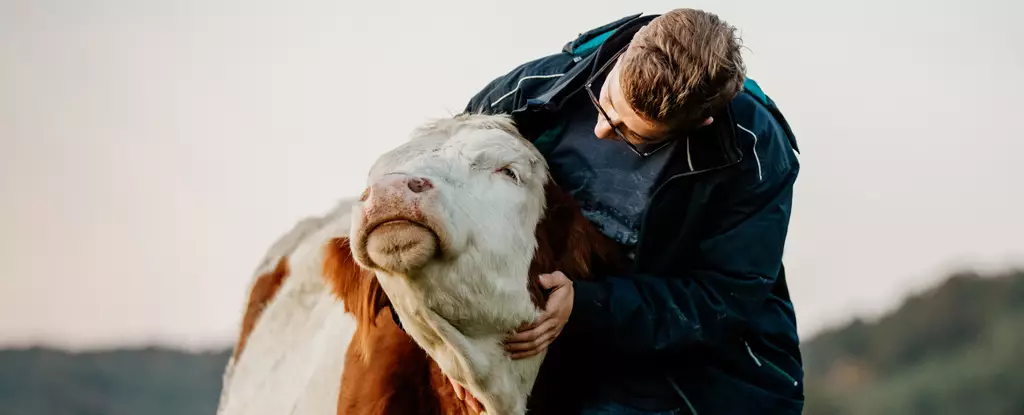In an era where respiratory diseases are on the rise and once contained ailments like tuberculosis are resurfacing, the recent report from the Centers for Disease Control and Prevention (CDC) has brought to light another distressing public health concern: the unnoticed spread of the highly pathogenic avian influenza H5N1 to humans. The urgency of this situation cannot be overstated, as health professionals scramble to understand and respond to an increasingly complex viral landscape.
The CDC’s latest Morbidity and Mortality Weekly Report disclosed three instances of H5N1 infection among veterinarians working with cattle in the United States. Notably, two of these cases arose without any identifiable source of exposure. This highlights a disturbing trend; these professionals did not exhibit any flu-like symptoms, which raises questions about the virus’s potential to elude detection and the alarming possibility of a future strain capable of human-to-human transmission.
What is particularly concerning is that the cases were discovered through antibody testing of 150 veterinarians scattered across 46 states. This discrepancy suggests that H5N1 is circulating more widely than previously understood, extending into areas formally deemed safe, such as Georgia and South Carolina, where there have been no reported avian flu incidents in dairy herds. “We are missing infections that are currently happening,” warned Seema Lakdawala, a virologist at Emory University, emphasizing the need for heightened vigilance.
Moreover, recent experiments have confirmed that H5N1 can be transmitted through cow’s milk. This revelation has prompted health officials to advocate for a nationwide testing initiative for milk. Such measures could potentially identify previously unrecognized cases of the virus and limit further spread, especially as the mutability of viruses like H5N1 poses a significant risk to public health.
The reality remains that every instance in which the virus evades containment gives it an opportunity to mutate, possibly culminating in strains more adept at jumping species barriers. As Lauren Sauer, a researcher at the University of Nebraska, aptly stated, “If we’re catching fewer cases than are actually occurring, we risk missing critical genetic changes that enable the virus to spread more rapidly among humans.”
A Cautionary Tale from Nevada
The situation has reached a critical point, marked by the recent identification of the first human case of H5N1 in Nevada, elevating the total to 68 confirmed human cases across the US. Additionally, a newly identified strain, D1.1, has been detected in cows in Nevada, which may possess a heightened ability to replicate within mammalian cells. The urgency of tracking and monitoring these developments cannot be overstated.
Jodie Guest, an epidemiologist at Emory University, has highlighted the importance of tracking viral mutations, especially in light of the CDC’s recent difficulties in sharing timely information. There have been significant delays in relaying critical health data due to communication breakdowns among federal agencies, complicating containment efforts at a time when proactive measures are crucial.
The Need for Public Awareness and Precaution
The historical context is troubling: While cat-to-human transmission of older bird flu strains has been documented, there are no confirmed cases involving H5N1. Nevertheless, caution remains paramount. Unfortunately, two cats in Oregon, which contracted the disease presumably from raw pet food, have been euthanized in response to the outbreak.
Health officials are taking significant steps to mitigate risks, urging the public to avoid raw dairy products, refrain from feeding pets raw meat, and minimize contact with wildlife. Protective measures, including the use of personal protective gear when handling livestock, are essential in thwarting potential outbreaks. Symptoms of avian flu infection in animals—such as fever, lethargy, and coordination issues—should prompt immediate reporting to local authorities.
As we grapple with the complexities of avian influenza, our understanding of H5N1 remains distressingly limited. The interplay between animal health and human safety demands elevated vigilance. The call for comprehensive tracking, transparent communication, and public education underscores our collective responsibility in addressing this emerging health threat. With the specter of a highly mutatable virus looming, now is the time for decisive action to avert a potential crisis.


Leave a Reply